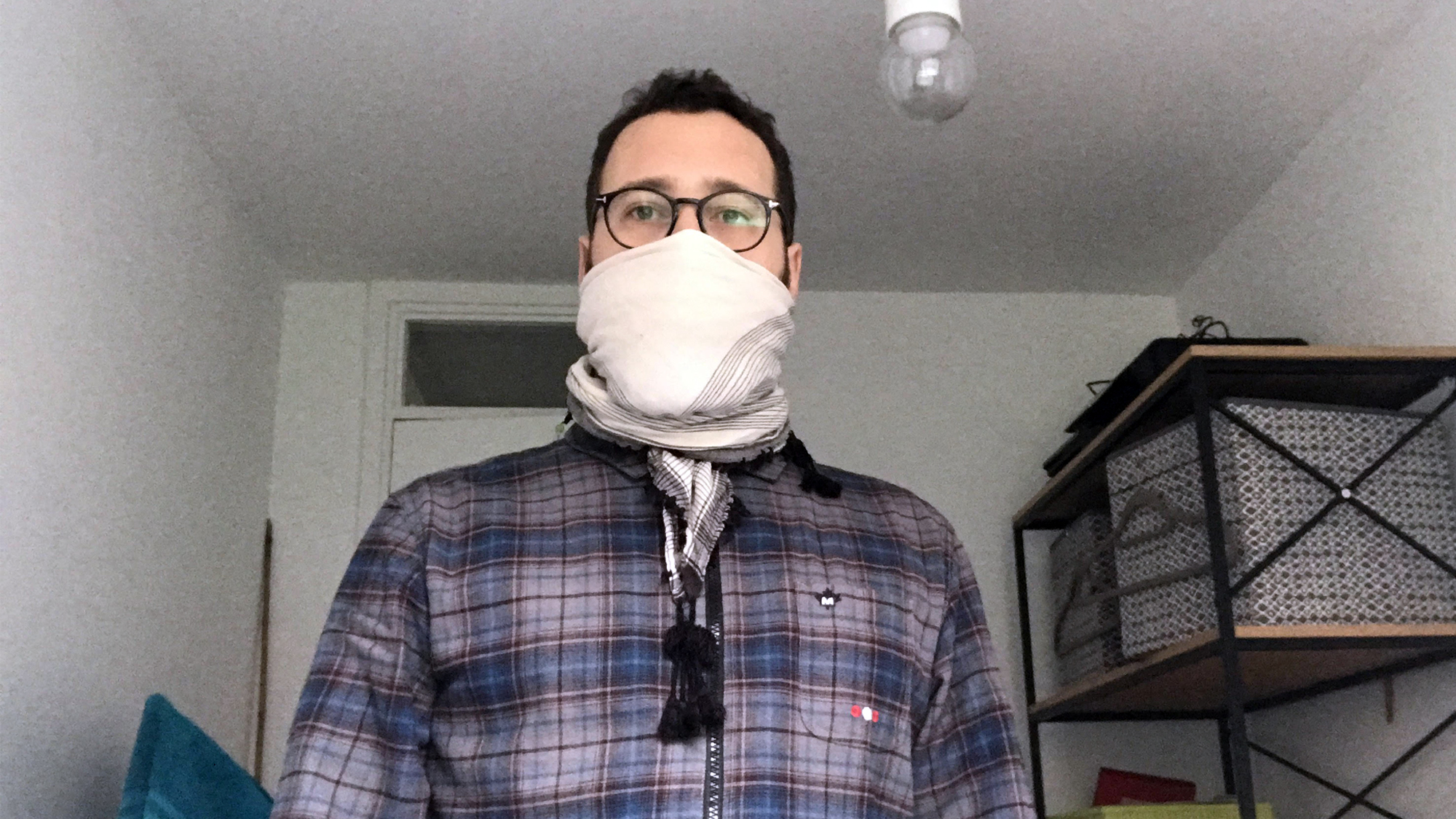

The numbers were reported every Monday, Wednesday, and Friday and were split into categories: individual travelers, people who contracted the disease from other people within the U.S., and repatriated citizens who returned to the U.S. locations, testing for some time was performed only on symptomatic people with a history of travel to Wuhan or with close contact to such people. Until February 28, 2020, CDC testing protocols allowed tests only for people who had traveled to China. In early 2020, deaths from all causes exceeded the seasonal average, and data from early 2020 suggest additional deaths that were not counted in official reported coronavirus mortality statistics. ^ This figure is an estimate from the Texas Department of State Health Services.


In February 2020, at the beginning of the pandemic, a shortage of tests made it impossible to confirm all possible COVID-19 cases and resulting deaths, so the early numbers were likely undercounts. From March 1, 2020, through the end of 2020, there were 522,368 excess deaths in the United States, or 22.9% more deaths than would have been expected in that time period. One way to estimate COVID-19 deaths that includes unconfirmed cases is to use the excess mortality, which is the overall number of deaths that exceed what would normally be expected. The true COVID-19 death toll in the United States would therefore be higher than official reports, as modeled by a paper published in The Lancet Regional Health – Americas. The CDC estimates that, between February 2020 and September 2021, only 1 in 1.3 COVID-19 deaths were attributed to COVID-19. The CDC publishes official numbers of COVID-19 cases in the United States. Weekly confirmed COVID-19 deaths Map of cumulative COVID-19 death rates by US state.
CASE CORONA USA UPDATE
Please help update this article to reflect recent events or newly available information. Parts of this article (those related to charts) need to be updated.


 0 kommentar(er)
0 kommentar(er)
